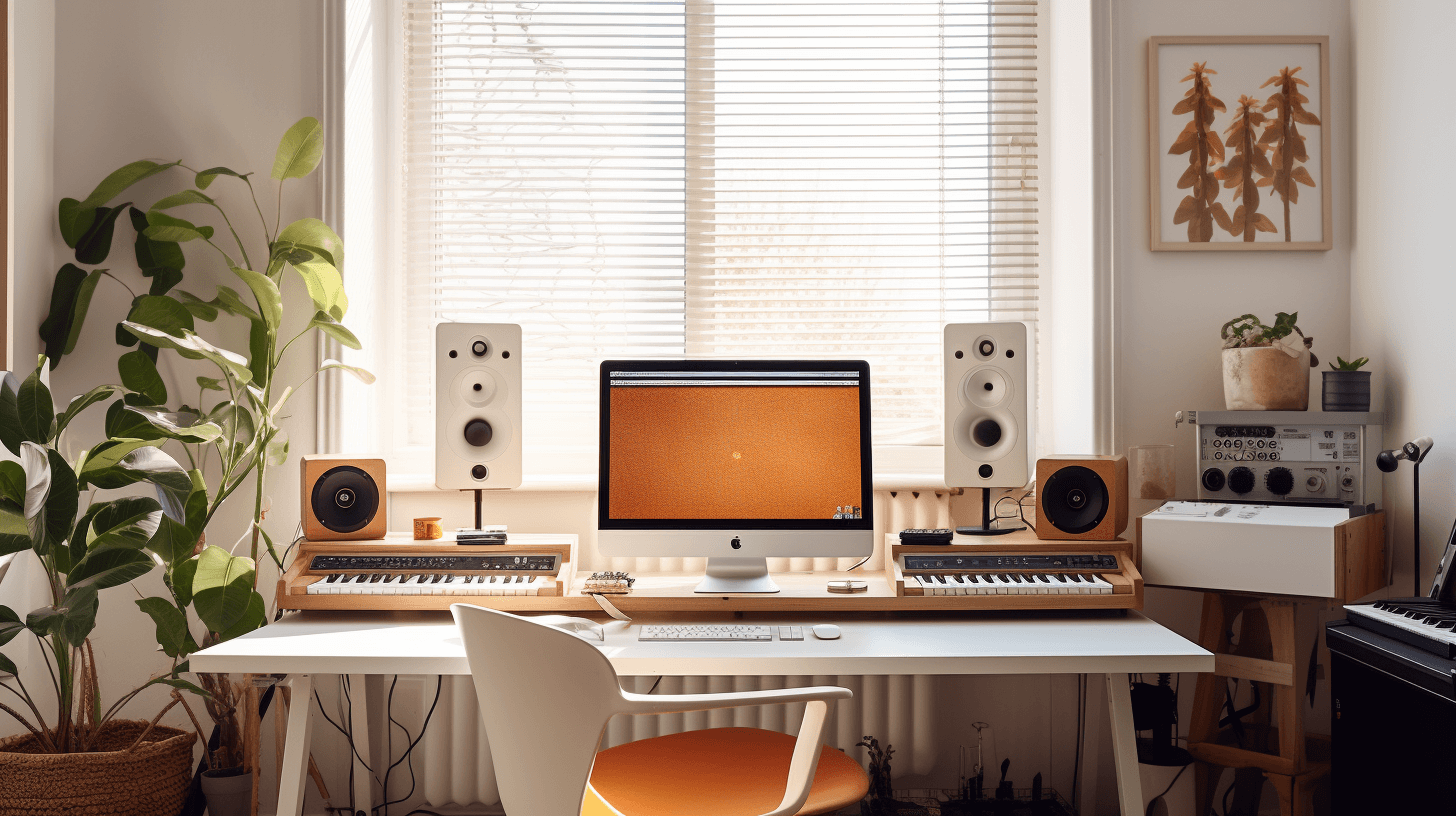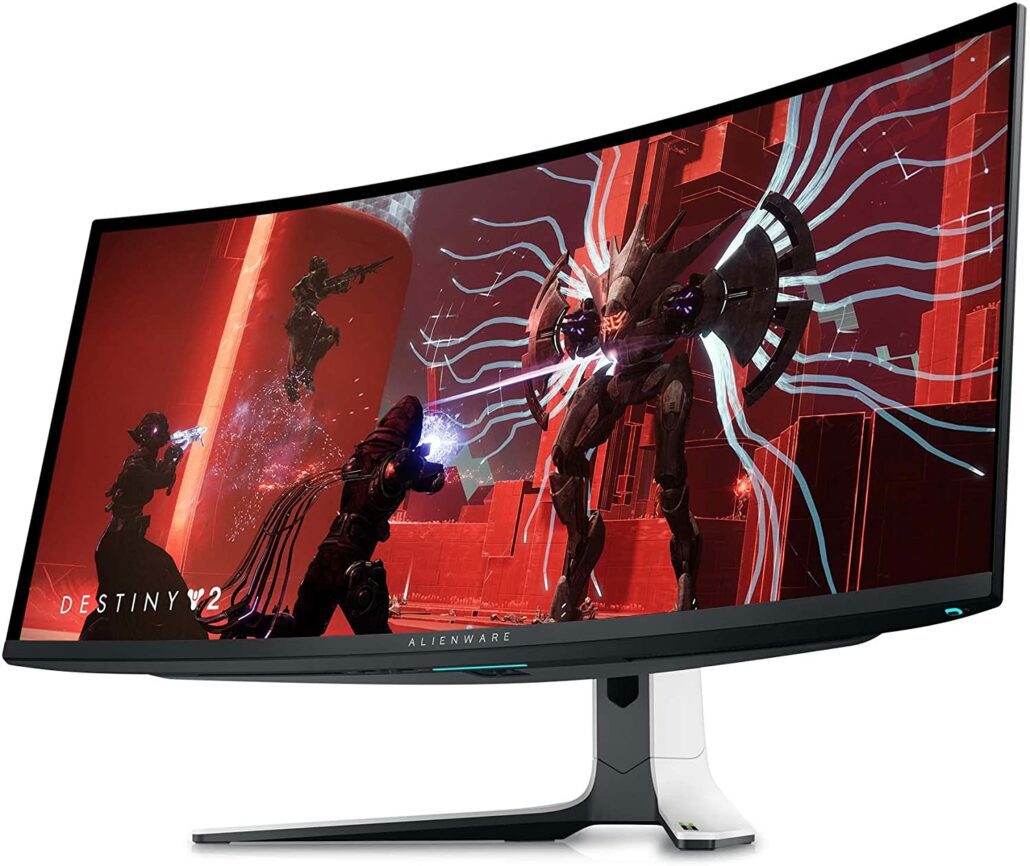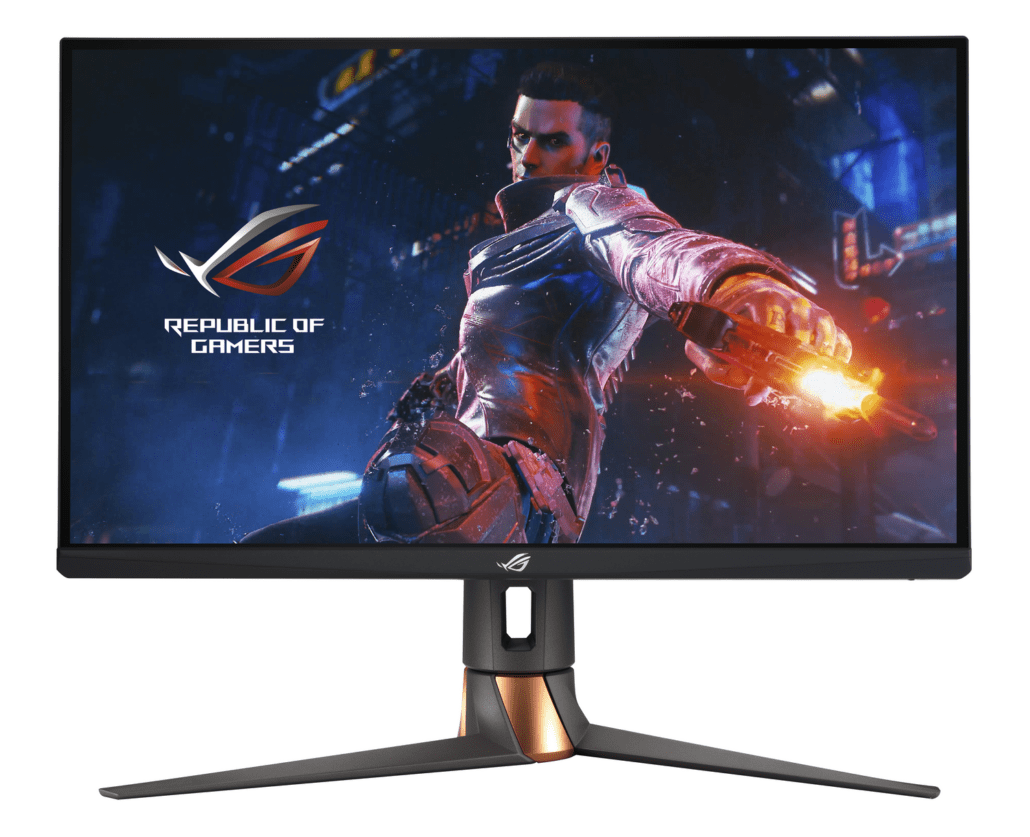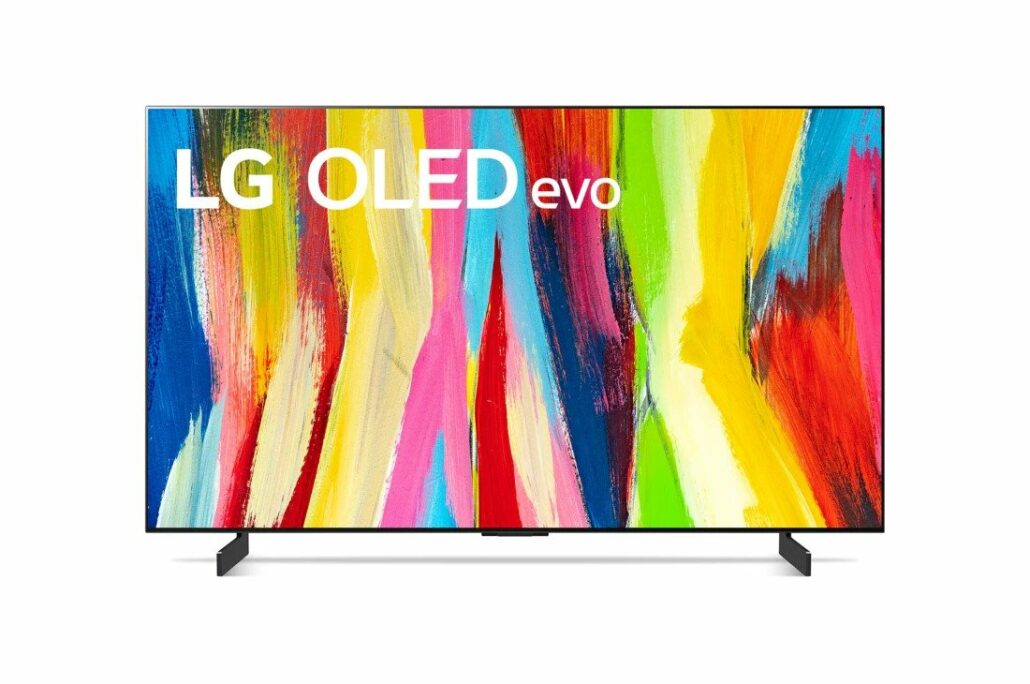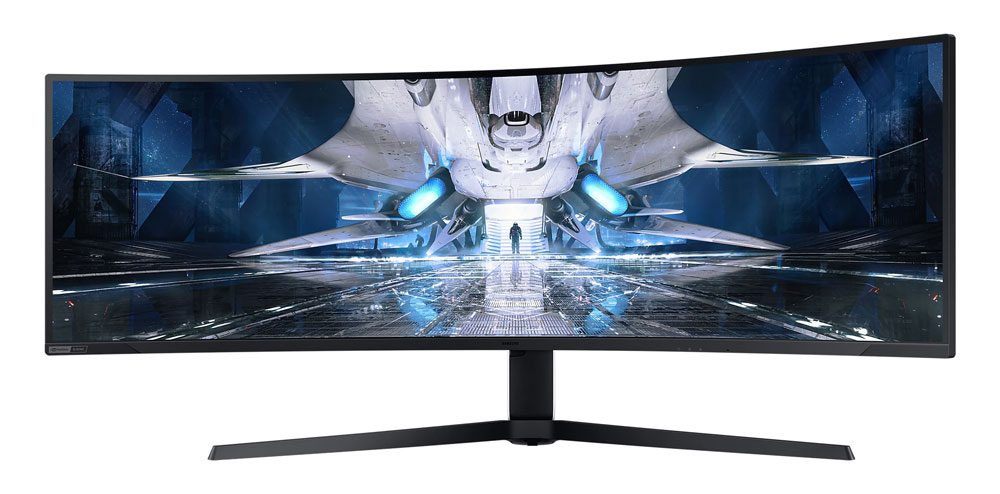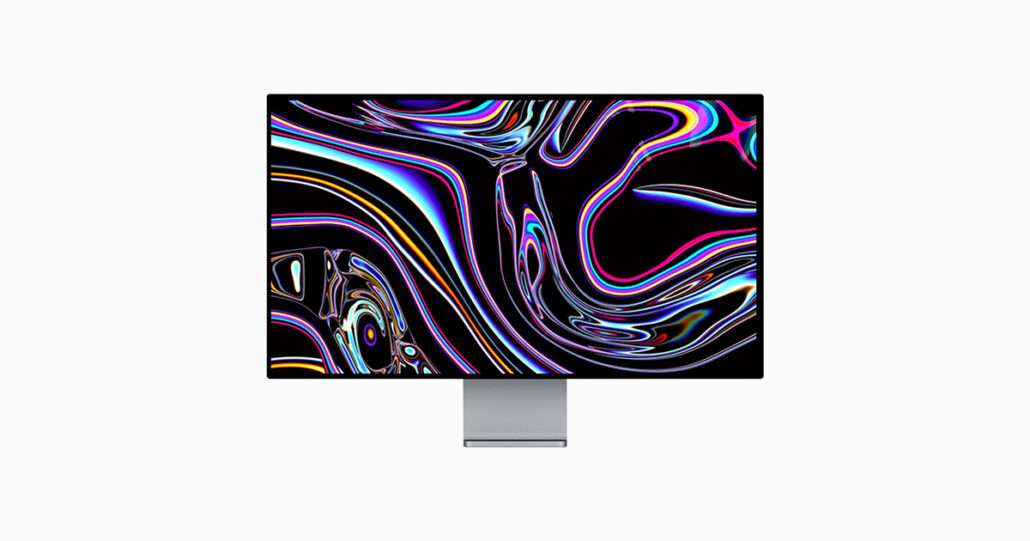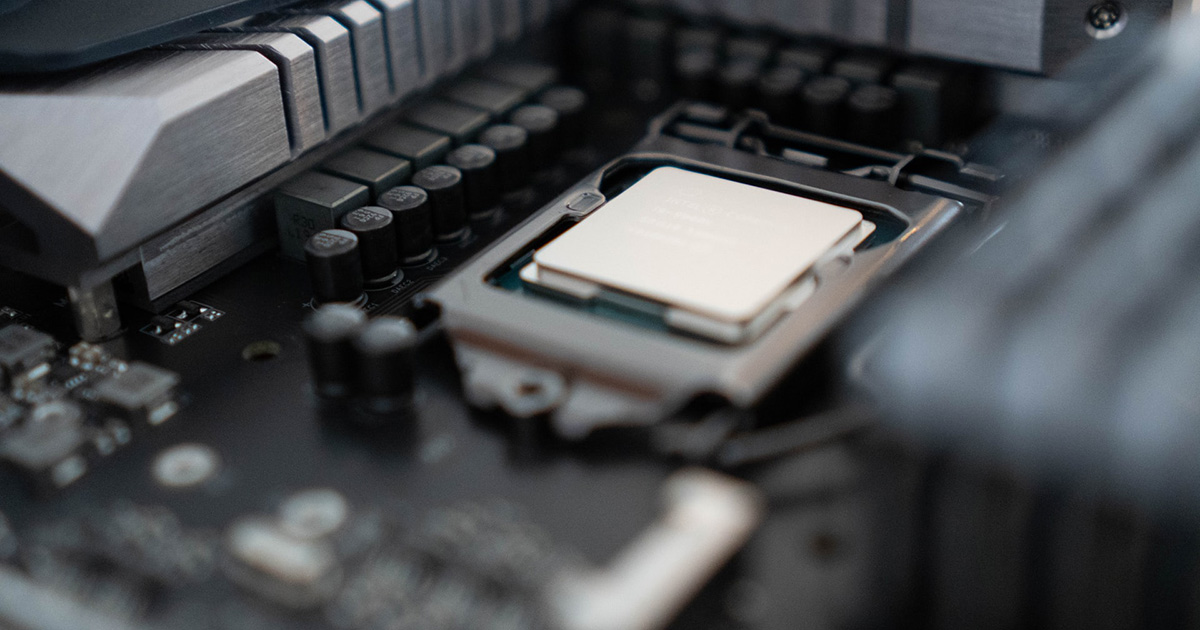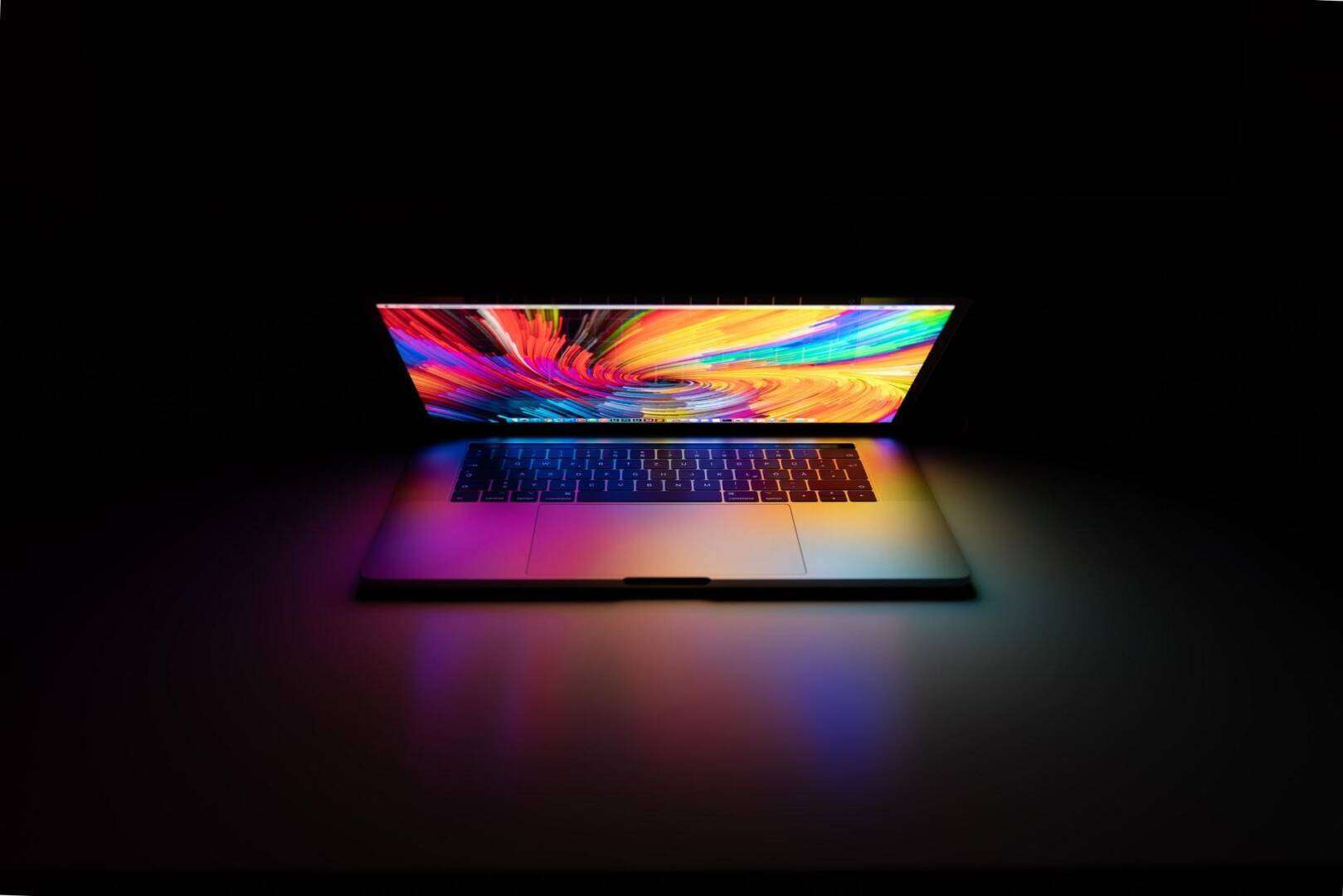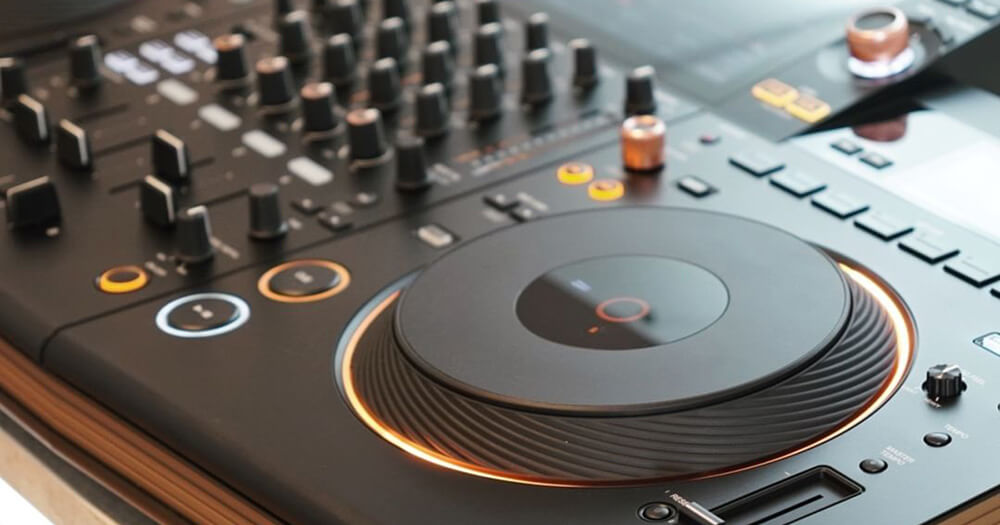As a music producer, you’re undoubtedly aware of the role that top-notch equipment plays in crafting exceptional tunes. It’s not a requirement, but it definitely makes the process easier!
Among the essential components vital to your music production setup, a computer monitor takes center stage. The significance of a reliable monitor in music production cannot be overstated, as it enhances your ability to discern and refine every nuance of your tracks. In this comprehensive guide, we’ll assist you in navigating the selection process to find the best monitor for music production.
The choice of the best monitor for music production is laden with importance for various reasons. Music production involves intricate visual elements, including waveform displays, EQs, and compressors. A superior-quality monitor becomes your ally in rendering these elements with utmost clarity, facilitating precise adjustments to elevate the quality of your tracks.
Critical to this selection process is screen resolution. Opting for a monitor with a higher resolution is paramount, granting you the ability to scrutinize intricate details within your work. This becomes particularly crucial when delving into the editing of audio waveforms, ensuring that every sonic aspect is brought to the forefront with precision and accuracy. Personally I love using a 3840 x 2160 pixels (4K UHD) monitor when working on projects.
In the following sections, we’ll delve deeper into the features that define the best monitor for music production, empowering you to make an informed choice that aligns seamlessly with your creative workflow. Let’s embark on this journey to uncover the ideal monitor that will elevate your music production experience to new heights.
Best Monitor For DAW
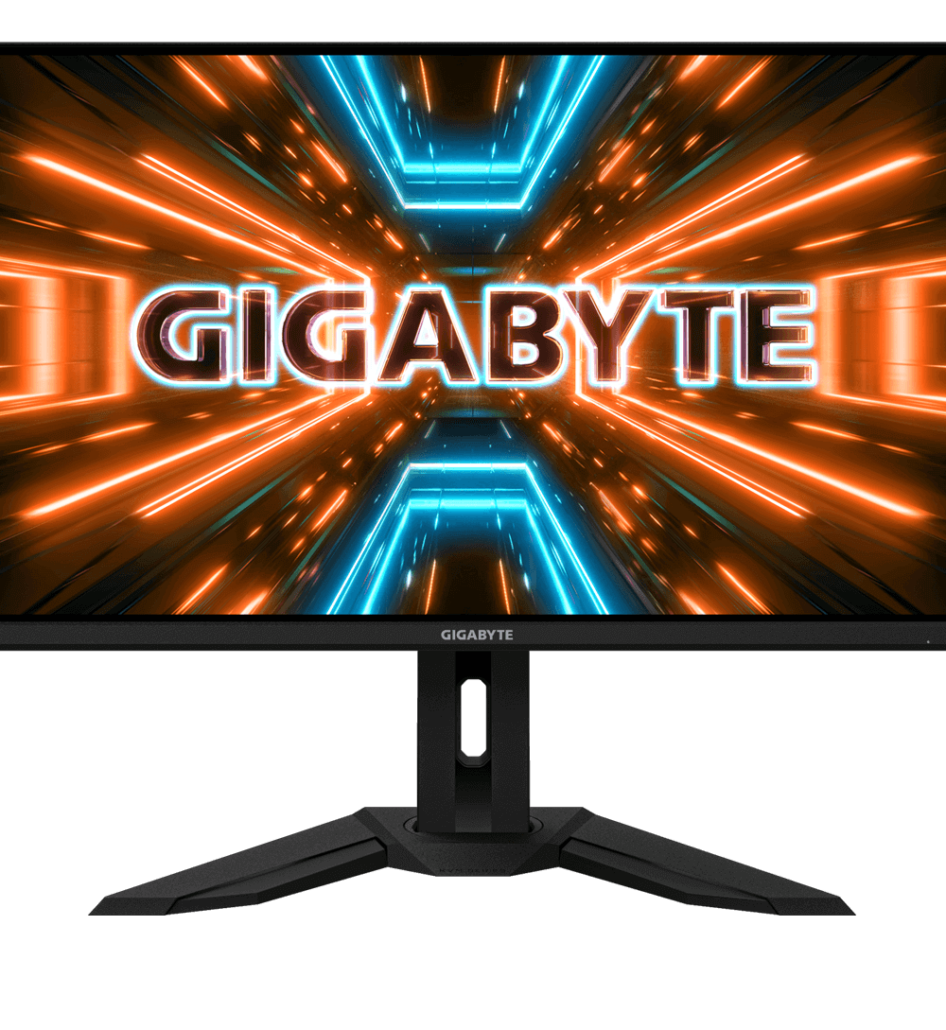
- 4K UHD resolution
- 144Hz refresh rate
- Built-in KVM switch
- Limited color accuracy
- Expensive (for some)
For music producers looking for a high-quality monitor at an affordable price point, the Gigabyte M32U is an excellent option. Currently, this monitor is available for just $649, making it a great value for its impressive features and capabilities.
Despite its reasonable price, the M32U offers a range of advanced features, including HDR10 support, a 144 Hz max refresh rate, variable refresh rate technology, and an IPS pixel type for excellent color accuracy and viewing angles.
With its large 32-inch screen size and USB hub with three USB-A ports and a USB-C input that supports DisplayPort Alt Mode, the M32U provides a versatile and convenient solution for music producers seeking to optimize their workspace and workflow.
At $649, the Gigabyte M32U offers a compelling combination of performance and affordability that is sure to appeal to a wide range of music producers. Whether you’re just starting out or you’re a seasoned professional, this monitor is worth considering for its impressive value and features.
Dell Alienware AW3423DW
Best High-end Monitor For Music Production
- Ultra-wide aspect ratio (great for DAW)
- Low input lag
- Nano IPS Panel
- Ergonomics
- Screen curve (not for everyone)
- High price tag
The Dell Alienware AW3423DW is a top contender in the market of ultrawide monitors, offering an impressive range of features and capabilities for music producers with a price tag just under $1500.
The AW3423DW boasts a large 34-inch screen size, providing ample space for users to view multiple windows and applications at once. The monitor’s pixel type is QD-OLED, which offers an excellent combination of color accuracy and contrast, making it a great choice for color-sensitive work such as video editing and graphic design.
One of the standout features of the AW3423DW is its max refresh rate of 175 Hz, which provides an incredibly smooth and fluid viewing experience. The monitor also features variable refresh rate technology, which helps to reduce screen tearing and stuttering when used with compatible graphics cards.
The AW3423DW’s native resolution is 3440 x 1440, which offers an immersive ultrawide aspect ratio that can enhance a music producer’s creative workflow. Additionally, the monitor supports HDR10, providing a wider range of colors and a higher level of contrast than standard monitors.
Perhaps one of the most impressive aspects of the AW3423DW is its affordability. Available for under $1500, this monitor offers an excellent combination of performance and value for music producers seeking a high-quality ultrawide display.
In summary, the Dell Alienware AW3423DW is an excellent choice for music producers in need of a top-performing ultrawide monitor. With its QD-OLED pixel type, max refresh rate of 175 Hz, variable refresh rate technology, and HDR10 support, this monitor provides a truly immersive and visually stunning experience. And with its affordable price point, the AW3423DW is an accessible option for music producers seeking a high-quality display at a reasonable cost.
ASUS ROG Swift PG279QM
Best 27" Monitor For Music Production
- Affordable price
- Slim design
- 240Hz refresh rate
- Limited color spectrum
- Mainly for gamers
- Smaller screen size
Say you don’t want to go as big as 34″ but wish to own one of the best screens for music production. The ASUS ROG Swift PG279QM is a 27″ computer monitor with a 2560 x 1440 resolution might be the one.
What we like most about it are the ergonomic features that allow you to fine-tune the setup to your liking. It looks excellent playing back content and using it during DAW sessions.
Best Large Monitor For Music Production
- Massive size
- Color accuracy
- Low latency
- Burn-in risk with OLED
- High cost
- Potentially overkill
If you want to go really big (48-inch screen), then the LG 42 C2 OLED is a perfect choice. Although it’s sold as a TV, it can easily be used in a music studio with enough space.
This unit features an OLED panel, which looks beautiful and has great viewing angles. It’s also got 4k @ 120Hz support with an HDMI cable. There’s also smart features built-in, which means you get Netflx, Amazon Prime Video and more.
Samsung 49" Odyssey Neo G9
Best Large Ultrawide Monitor For Music Production
- Massive screen real estate
- High refresh rate & low latency
- HDR support
- Super-Ultra-Wide aspect ratio (not for everyone)
- Cost
- Complex setup
It’s hard not to fall inlove with the Samsung 49″ Odyssey Neo G9 when looking at it. It’s a massive monitor, coming in at a whopping 49-inches, the same as two 27-inch QHD displays side-by-side.
It also supports a 5120 x 1440 resolution and is bright. You’ll need a decent graphics card to truly take advantage of this screen. It supports HDR, 240Hz and Freesync 2.
Best Pro Monitor For Music Production
- Exceptional color accuracy
- 6k Resolution
- Seamless macOS integration
- Cost (almost $6000!)
- Limited connectivity
- Stand sold separately
Just shy of $6000, Apple produces arguably some of the best monitors for content creators. If you’re a professional music producer with a large budget or a content creator, the Apple Pro Display XDR might blow you away.
It features superb color accuracy and build quality that compares with some of the best reference-grade monitors. The Pro Stand is an additional add-on, in true Apple style.
